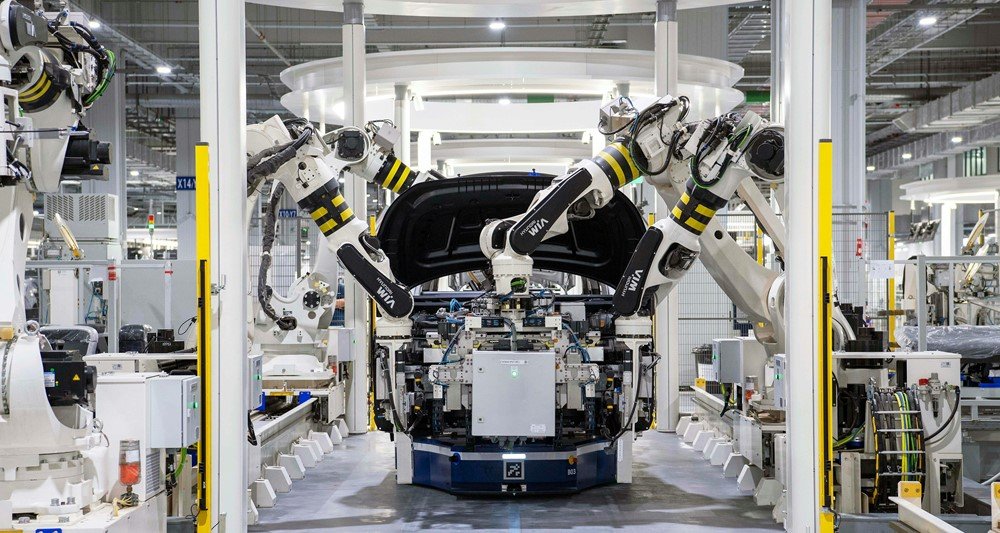What Is the Industrial Metaverse and How Is It Transforming Manufacturing?
As industries evolve in the digital age, the concept of the industrial metaverse has emerged as a transformative force in manufacturing. But what exactly does this term mean, and how is it reshaping the way we produce goods and manage operations?
Understanding the Industrial Metaverse
The industrial metaverse refers to a digital space that merges physical and virtual environments specifically for industrial applications. By leveraging technologies from Industry 4.0, it creates an ecosystem where real-time data, simulations, and virtual models interact seamlessly. This integration allows manufacturers to develop detailed digital representations of complex processes. As a result, they can experiment and optimize operations using insights validated by real-world data.
Key Components of the Industrial Metaverse
Digital Twins: One core element of the industrial metaverse is the use of digital twins—virtual replicas of physical assets, processes, or systems. These models receive real-time updates from their physical counterparts, enabling precise monitoring and analysis. By simulating various scenarios, manufacturers can predict outcomes and enhance decision-making processes.
Augmented Reality (AR) and Virtual Reality (VR): AR and VR technologies play a crucial role in creating immersive experiences within this digital landscape. They allow teams to visualize complex data and processes in 3D, which facilitates better understanding and collaboration among stakeholders. For instance, engineers can use AR to overlay digital information onto physical machinery during maintenance tasks.
Artificial Intelligence (AI): Additionally, AI enhances the capabilities of the industrial metaverse by providing advanced analytics and automation. Machine learning algorithms analyze vast amounts of data generated by connected devices, identifying patterns that inform predictive maintenance and operational efficiency.
Internet of Things (IoT): IoT devices are essential for gathering real-time data from manufacturing environments. By connecting machines and equipment to the internet, manufacturers can monitor performance metrics and make informed decisions based on live data feeds.
Applications of the Industrial Metaverse
The industrial metaverse offers numerous applications across various sectors:
Product Design and Development: Manufacturers can create virtual prototypes using 3D modeling tools before physical production begins. This approach not only reduces time-to-market but also minimizes costs associated with physical prototyping.
Supply Chain Optimization: The metaverse allows for real-time tracking of goods throughout the supply chain. By visualizing logistics networks in a virtual space, companies can identify bottlenecks and optimize routes for greater efficiency.
Training and Simulation: Furthermore, this digital environment provides immersive training opportunities for employees. Virtual simulations enable workers to practice skills in a risk-free setting before applying them in real-world scenarios.
Maintenance and Operations: With AR tools, technicians can receive step-by-step guidance overlaid on equipment during repair tasks. This not only speeds up maintenance but also reduces errors.
Challenges Facing Adoption
Despite its potential benefits, several challenges hinder widespread adoption:
Integration Complexity: Merging existing systems with new technologies can be complex and resource-intensive.
Data Security: As more devices connect to networks, ensuring data security becomes increasingly critical.
Cultural Resistance: Organizations may face resistance from employees accustomed to traditional methods. Therefore, training and change management strategies will be essential for successful implementation.
Conclusion
In summary, the industrial metaverse represents a significant leap forward for manufacturing by seamlessly integrating physical and digital worlds. With its potential to enhance efficiency, foster innovation, and improve collaboration across industries, it is poised to redefine how products are designed, produced, and maintained. As organizations embrace this transformative technology, addressing challenges related to integration and security will be crucial for unlocking its full potential.




